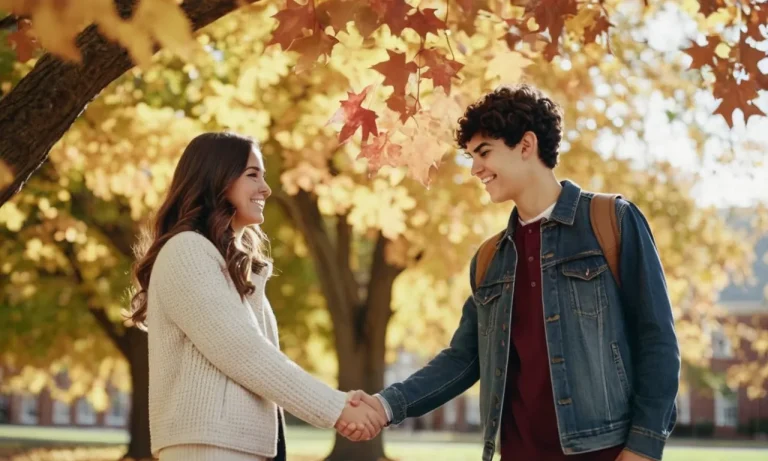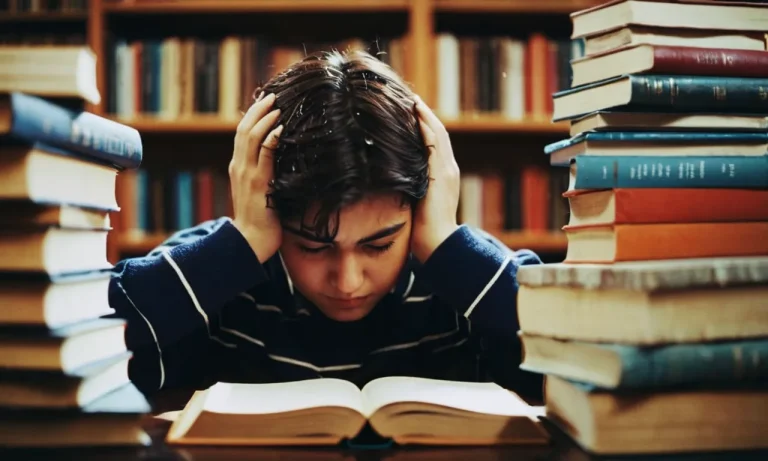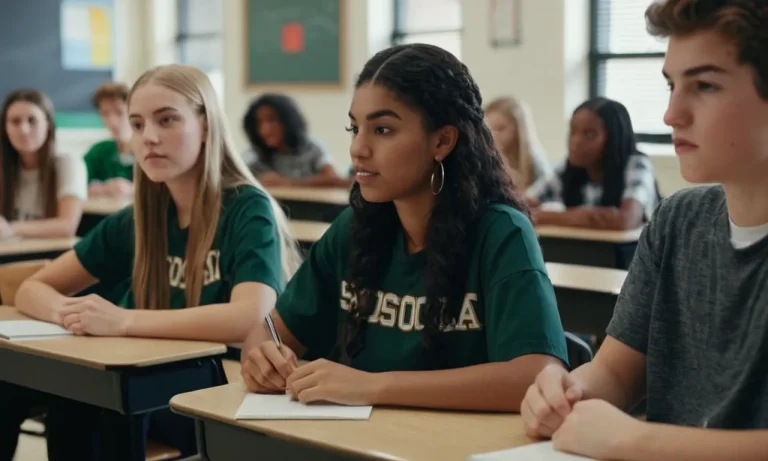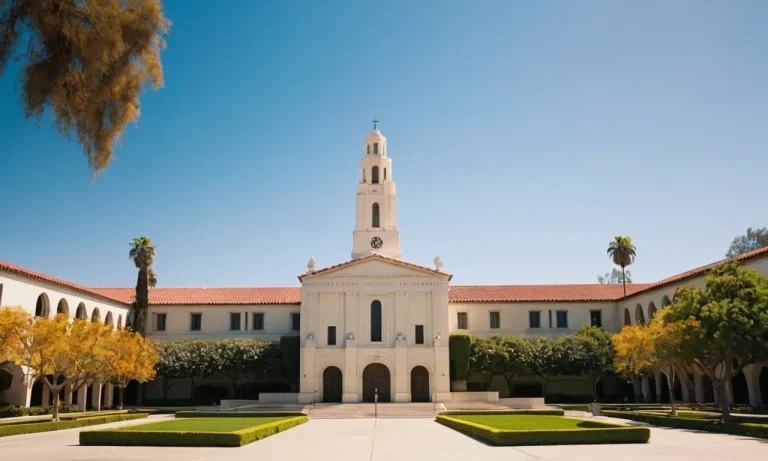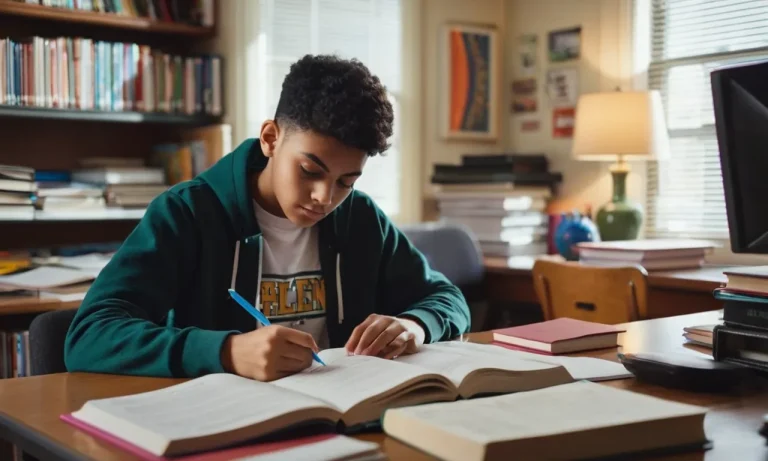School shootings are a terrifying reality that no parent, student, or educator wants to face. The mere thought of such a tragic event occurring sends shivers down our spines, leaving us grappling with a sense of vulnerability and a desperate need for answers.
If you’re short on time, here’s a quick answer to your question: The odds of being in a school shooting are extremely low, but the impact of such events is devastating and far-reaching.
In this comprehensive article, we’ll delve into the statistics, explore the factors that contribute to school shootings, and examine the measures being taken to prevent these tragedies. We’ll also discuss the psychological and emotional toll these events can have on individuals and communities, and provide resources for those seeking support.
Understanding the Statistics
When it comes to school shootings, the statistics can be both eye-opening and concerning. Let’s dive into the data to gain a better understanding of this sensitive issue.
Nationwide School Shooting Data
According to data from the Education Week, there have been 19 school shootings with injuries or deaths in the United States as of March 2023. This number is a stark reminder of the ongoing challenges we face in ensuring the safety of our schools and communities.
The K-12 School Shooting Database provides a comprehensive overview of school shooting incidents, including details on casualties, locations, and incident types. Their data reveals that since 1970, there have been over 1,300 school shooting incidents in the United States, resulting in tragic loss of life and countless injuries.
Breakdown by Region and School Type
- According to the Everytown for Gun Safety organization, the states with the highest number of school shooting incidents in 2022 were:
- California (32 incidents)
- Texas (27 incidents)
- Florida (23 incidents)
- In terms of school type, the data shows that high schools are more likely to experience a shooting incident compared to elementary or middle schools.
Trends Over Time
While the overall number of school shooting incidents has fluctuated over the years, there has been a concerning upward trend in recent decades. The K-12 School Shooting Database reveals that the 2010s saw a significant spike in incidents compared to previous decades.
However, it’s important to note that the chances of being directly involved in a school shooting remain statistically low. According to the National Center for Education Statistics, there are approximately 50 million students attending public schools in the United States.
While any incident is one too many, the vast majority of students and educators do not experience such tragedies.
Nonetheless, the impact of school shootings extends far beyond the immediate victims, affecting entire communities and leaving lasting emotional scars. It’s crucial that we continue to address this issue through a multifaceted approach, focusing on prevention, security measures, and addressing the underlying factors that contribute to such acts of violence.
Factors Contributing to School Shootings
Mental Health and Emotional Well-being
Mental health issues, such as depression, anxiety, and trauma, can play a significant role in contributing to school shootings. Many perpetrators of these tragic events have been found to have a history of mental health problems that went unaddressed or untreated. According to a report by the U.S.
Secret Service, approximately 60% of student attackers had a history of psychological, behavioral, or developmental issues.
Emotional well-being is also a crucial factor. Individuals who feel isolated, bullied, or rejected by their peers may experience intense feelings of anger, frustration, and a desire for revenge. This emotional turmoil, coupled with a lack of coping mechanisms or support systems, can create a volatile situation that increases the risk of violence.
According to a study by the Centers for Disease Control and Prevention (CDC), approximately 19% of high school students reported being bullied on school property in 2019, highlighting the prevalence of this issue.
Access to Firearms
Easy access to firearms is a significant contributing factor to school shootings. In many cases, the weapons used in these incidents were obtained from the perpetrator’s home or a family member’s residence.
According to a report by the Everytown for Gun Safety Support Fund, nearly 4.6 million children in the United States live in homes with at least one loaded, unlocked firearm.
Stricter gun laws and regulations, as well as responsible firearm storage practices, can help mitigate the risk of firearms falling into the wrong hands. However, it’s important to note that access to firearms is just one aspect of a complex issue, and addressing it alone may not be sufficient to prevent school shootings.
Bullying and Social Isolation
Bullying and social isolation can have profound psychological impacts on individuals, particularly during the formative years of adolescence. Perpetrators of school shootings have often been victims of bullying or experienced social exclusion from their peers.
According to a study by the StopBullying.gov initiative, approximately 20% of students aged 12-18 experienced bullying nationwide in 2017.
Feelings of loneliness, rejection, and a lack of belonging can fuel resentment and anger, potentially leading to a desire for retaliation or a distorted sense of justice. Schools and communities must prioritize creating inclusive environments that promote empathy, respect, and positive social connections to help prevent these issues from escalating.
Media Influence and Copycat Behavior
The media’s coverage of school shootings has been criticized for potentially inspiring copycat behavior or the “contagion effect.” Extensive and sensationalized reporting on these events can inadvertently glorify the perpetrators and their actions, potentially influencing vulnerable individuals to seek similar attention or notoriety.
According to a study published in the PLOS ONE journal, there is a significant increase in the rate of mass shootings in the two weeks following high-profile incidents, suggesting a potential copycat effect.
It is crucial for the media to exercise responsible reporting practices and avoid glorifying or sensationalizing these events to minimize the risk of inspiring future acts of violence.
Prevention and Safety Measures
In the wake of tragic school shootings, it’s crucial to implement comprehensive prevention and safety measures to protect our students and educators. A multi-layered approach involving various stakeholders is essential to create a secure learning environment and mitigate the risk of such devastating incidents.
School Security Protocols
Effective security protocols play a vital role in deterring and responding to potential threats. These may include controlled access points, visitor management systems, security cameras, and regular lockdown drills.
Organizations like the National Center for School Emergency and Crisis Preparedness provide guidance on developing and implementing robust security measures tailored to each school’s unique needs.
Threat Assessment and Intervention Programs
Proactive threat assessment and intervention programs are crucial for identifying and addressing potential risks before they escalate. These programs involve trained professionals who evaluate concerning behaviors, gather information, and develop intervention strategies.
The Centers for Disease Control and Prevention (CDC) offers resources on establishing effective threat assessment teams and protocols.
Mental Health Support and Resources
Providing comprehensive mental health support and resources is essential for addressing underlying issues that may contribute to violent behavior. Schools should prioritize mental health education, counseling services, and partnerships with community mental health providers.
Organizations like the National Council for Mental Wellbeing offer training programs to help identify and support individuals in need.
Community Involvement and Awareness
Fostering a culture of safety and awareness within the community is crucial. Schools should encourage open communication channels, promote anti-bullying initiatives, and engage families and local law enforcement in prevention efforts.
Initiatives like the Start Something Worthy campaign empower students and community members to report concerning behaviors and potential threats.
By implementing a comprehensive approach that addresses security protocols, threat assessment, mental health support, and community involvement, we can work towards creating safer and more secure learning environments for our students and educators.
Remember, preventing school violence requires a collective effort and ongoing commitment from all stakeholders.
The Psychological and Emotional Impact
Trauma and PTSD in Survivors
School shootings are traumatic events that can leave deep psychological scars on survivors. According to the American Psychological Association, witnessing or experiencing a life-threatening event can lead to post-traumatic stress disorder (PTSD).
Survivors of school shootings may experience intrusive thoughts, nightmares, flashbacks, and intense emotional distress when reminded of the event. They may also experience hypervigilance, irritability, and difficulty concentrating.
The trauma of a school shooting can have long-lasting effects on a person’s mental health and overall well-being.
Grief and Healing for Families and Communities
The loss of life in a school shooting can be devastating for families and communities. Grief is a natural response to loss, and it can manifest in different ways, including sadness, anger, guilt, and disbelief.
According to Grief.com, the grieving process can be particularly difficult for those who have lost loved ones in traumatic circumstances. Communities may also experience a sense of collective grief and trauma, which can strain resources and support systems.
Healing from the emotional impact of a school shooting requires time, support, and access to mental health resources.
Long-term Effects on School Climate and Culture
School shootings can have a profound impact on the climate and culture of a school community. According to a study by the RAND Corporation, school shootings can lead to increased feelings of fear and anxiety among students and staff, as well as a decline in academic performance and attendance rates.
The study also found that school shootings can erode trust in school leadership and contribute to a sense of insecurity and vulnerability within the school community. Addressing the long-term effects of a school shooting on school climate and culture requires a comprehensive approach that involves counseling, security measures, and efforts to rebuild a sense of community and trust.
While the odds of being directly involved in a school shooting are relatively low, the psychological and emotional impact of these events can be far-reaching and long-lasting. According to Education Week, there have been 60 school shootings in the United States since the start of 2022, resulting in 30 deaths and 83 injuries.
These statistics serve as a sobering reminder of the importance of addressing the root causes of school violence and providing support for those affected by these traumatic events. 👏
Conclusion
While the odds of being in a school shooting are statistically low, the devastating impact of these events cannot be overstated. Every life lost or forever changed by such tragedies is a profound loss for our society.
By understanding the factors that contribute to school shootings and implementing comprehensive prevention and safety measures, we can work towards creating a safer environment for our children and educators.
However, true progress requires a multifaceted approach that addresses mental health, access to firearms, and societal issues such as bullying and social isolation.
Ultimately, the path forward lies in fostering a culture of compassion, empathy, and open dialogue. By supporting one another and prioritizing the well-being of our communities, we can create a world where our schools are sanctuaries of learning, growth, and safety for all.

